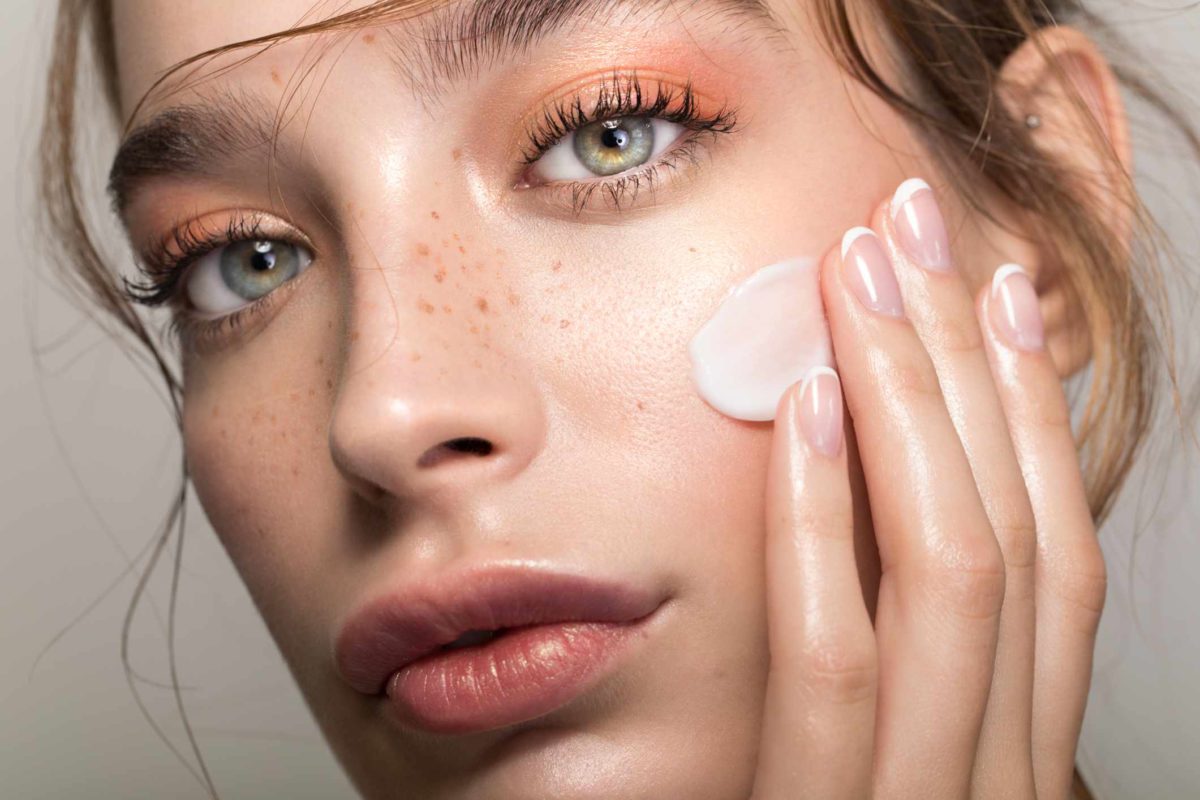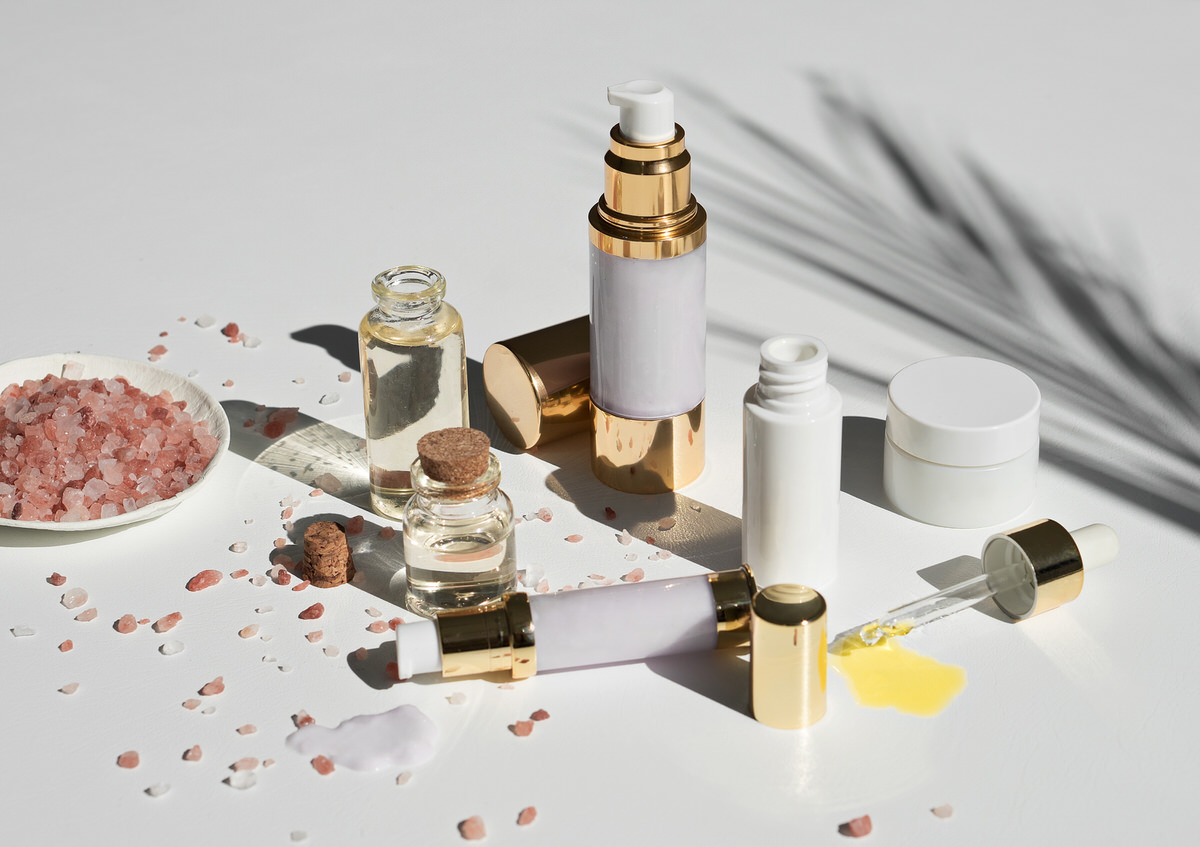The bare-faced method is a straightforward technique to gauge your skin’s true condition. Begin by cleansing your face with a gentle cleanser, then pat it dry and wait for an hour, allowing your skin to return to its natural state without any products applied. This waiting period is crucial for accurately assessing your skin’s needs. After 30 minutes, examine your skin for any signs of shine, which could indicate oiliness, especially in the T-zone area. At the end of the hour, perform a series of tests: smile and make various facial expressions to check for tightness, which might suggest dryness, or gently pinch your cheeks to evaluate elasticity and hydration levels.
Should you find these assessments perplexing or if you’re unsure about how to proceed with your skincare regimen, it might be beneficial to seek professional help. For those residing in Old Bridge Township, NJ, searching for “facial near me in Old Bridge Township, NJ” could lead you to experienced aestheticians who can offer a personalized skin analysis and recommend treatments that cater specifically to your skin’s requirements. Getting professional advice can significantly enhance your skincare routine and ensure that it effectively addresses your skin’s unique needs.
For normal and/or combination skin, shining will be visible on your T-zone which is the forehead and the nose. For oily skin, besides shining on your T-zone, there will also be shining visible on your cheeks. For dry skin, there will be no visible shine and your skin will feel dry.
Blotting sheet
Use a blotting sheet to pat oil different areas of your face. If there is only a small amount or no oil picked up, you have dry skin. If there was oil picked up from your T-zone, you may have normal or combination skin. If the blotting sheet is full of oil, you have oily skin.
Another indicator is the pore size. Normal skin has visible but not so large pores. Oily skin has visible, large pores and becomes oily throughout the day. Dry skin has no visible pores and is flakey throughout the day. Combination skin has various sizes of pores. Also the skin is both dry and greasy throughout the day.




